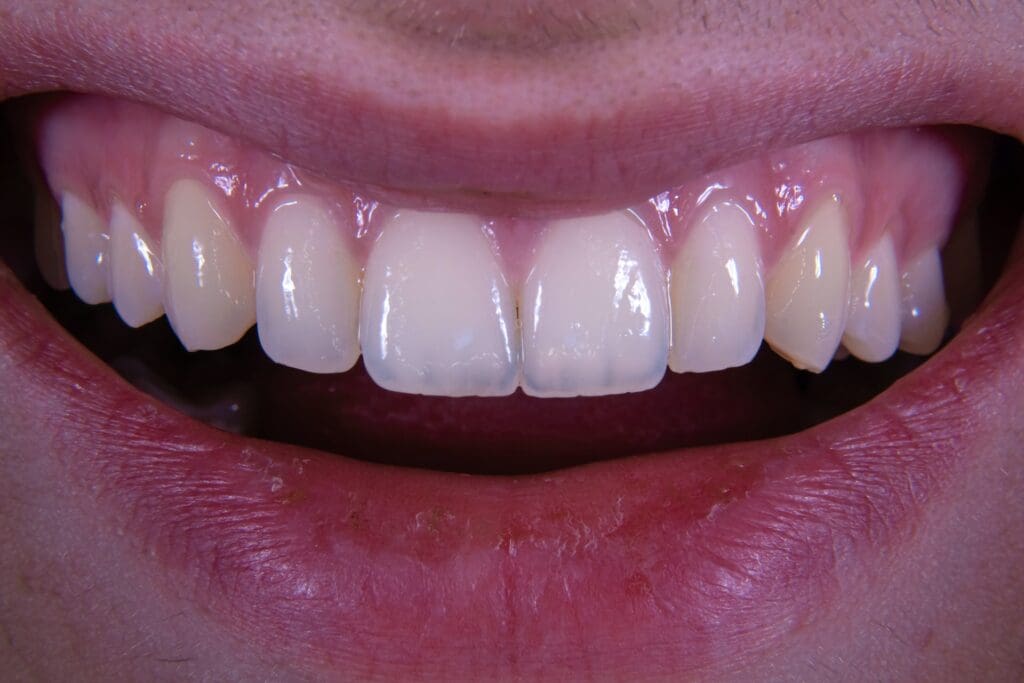Bone grafting for dental implants is a common procedure that can help ensure the success of your dental implant surgery. It involves adding bone tissue to your jawbone, which provides a stable foundation for the implant to attach to. Whether you’ve lost a tooth due to an injury, decay, or another reason, dental implants are the best option to fix your smile and improve your oral health. This article will discuss what to expect from bone grafting for dental implants.
Understanding Bone Grafting
Bone grafting is a surgical procedure involving transplanting bone tissue to a specific body area. In dental implants, bone grafting strengthens the jawbone and provides a secure base for the implant. Bone tissue used for grafting can come from the patient’s own body or a donor.
The bone tissue used for the grafting procedure can come from different sources, including the patient’s body, a donor, or synthetic materials. The most common source is the patient’s body, typically taken from the chin, lower jaw, or hip. Donor bone tissue comes from cadavers that have donated their bodies for medical research.
Bone grafting in dental implants can be a complicated process that necessitates the expertise of a proficient and seasoned dentist or oral surgeon. It is crucial to seek a dental expert with a bone grafting and dental implant operations background.
The Procedure
The bone grafting procedure typically takes place before the dental implant surgery. It’s important to ensure that the jawbone has enough density and strength to support the implant. If the jawbone is too thin, the implant may fail.
The bone grafting procedure involves an incision in the gum tissue to expose the jawbone. The bone graft material is then placed where the implant will be located. The graft material is secured with screws or pins, and the incision is closed with stitches.
After the Procedure
After the bone grafting procedure, following your dentist’s instructions for post-operative care is important. You may experience some discomfort, swelling, and bruising in the area where the graft was placed. Your dentist may prescribe pain medication and antibiotics to help manage your symptoms and prevent infection.
It’s important to avoid chewing or biting on the area where the graft was placed until it has fully healed. This can take several months, depending on the extent of the grafting procedure. During this time, your dentist may recommend a soft diet or other modifications to your eating habits.
Once the graft has fully healed, your dentist will perform the dental implant surgery. This involves placing a small titanium post into the jawbone, the foundation for the replacement tooth. The implant must be bonded with the jawbone over time, which can take several months. After the implant fuses with the jawbone, your dentist will attach a custom crown or bridge.
Benefits of Bone Grafting for Dental Implants
Bone grafting for dental implants offers several benefits. First and foremost, it ensures the success of the dental implant surgery. The implant is more likely to fail without a strong and stable foundation. By strengthening the jawbone with a bone graft, the implant has a better chance of bonding with the bone and remaining in place.
Bone grafting can also improve the overall appearance of your smile. The surrounding bone tissue can deteriorate over time if you lose a tooth. This can cause the face to appear sunken and aged. Adding bone tissue to the area makes the face appear fuller and more youthful.
In addition, bone grafting can help prevent further bone loss in the jaw. When a tooth is lost, the surrounding bone tissue begins to deteriorate. This can cause nearby teeth to shift or become loose. Adding bone tissue to the area strengthens the jawbone, and the surrounding teeth are better supported.
Final Thoughts
Bone grafting for dental implants is a viable option for those who have lost a tooth and are seeking to restore their smile and improve their oral health. By providing a stable foundation for the implant to attach to, bone grafting can increase the success rate of dental implant surgery. It’s important to consult a skilled and experienced dentist or oral surgeon to determine if bone grafting is necessary for your specific situation. Dental implants can provide a long-lasting and natural-looking solution for missing teeth with proper care and maintenance.
Don’t settle for anything less than the best regarding your dental care. Choose Danvers Aesthetic for the best dentist in Danvers! We’re committed to giving you the smile you deserve through high-quality, comprehensive dental services. Book your appointment with the best dentist in Danvers now!

